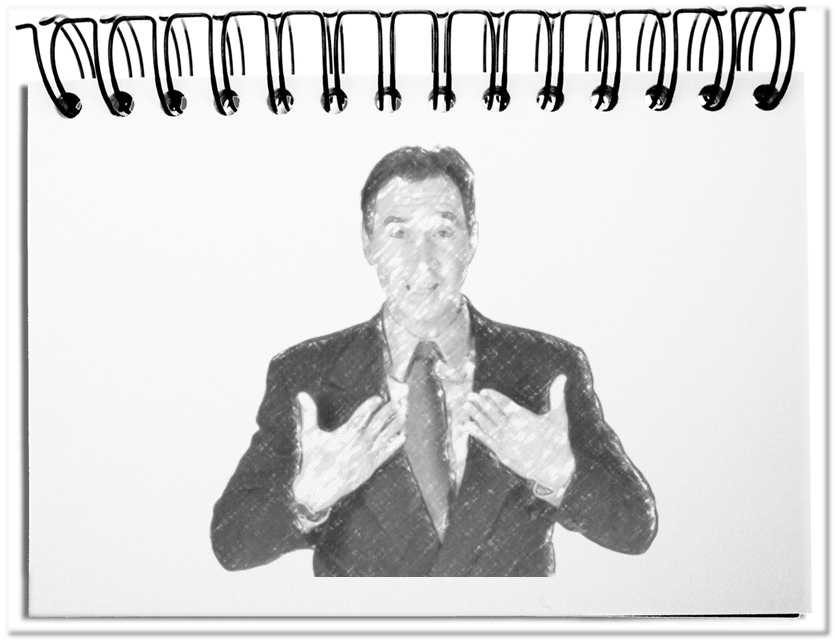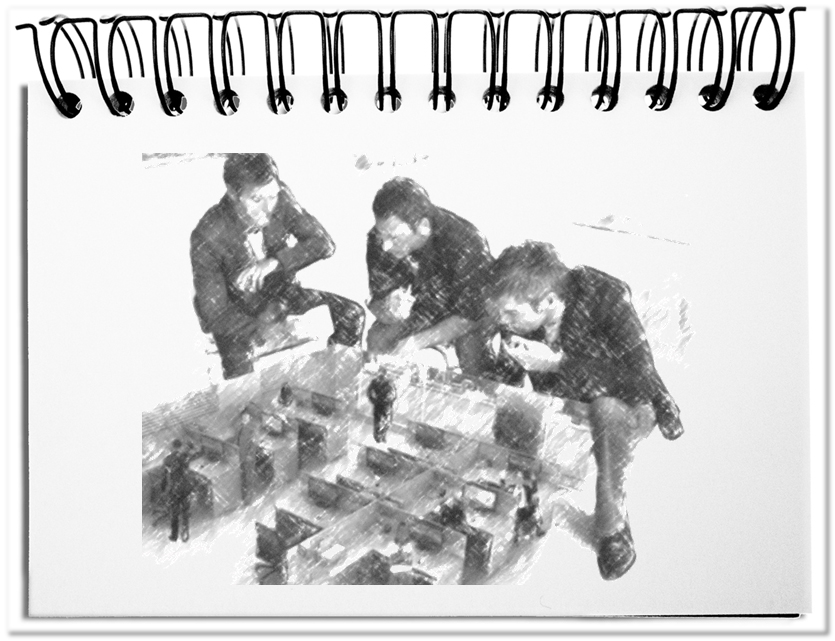In our deepest inner self, we are all experienced communicators, because we interact with others every day. Already before we are born, we are in contact with our environment. After birth, by and by, words, gestures and intonation are added. Despite this long practice, we often struggle to find the right tone and posture – not to mention the right words. On the contrary. We, especially in the Western world, are prepared to intensify negatively any argument with respective statements. The resulting spiral is spinning downwards until a participant refuses further discourse. An effective instrument for breaking this vicious circle is the I-message that is unfortunately often mistaken.
With I-message, the sender conveys its actual needs and feelings to the recipients, without forcing the receiver with reproaches into the defensive. This prevents the reflex of the need to defend oneself. The I-message consists of the following elements.
- Expressing the own condition
Personal statements are a matter of one’s own condition in the I-message. The four sides of a message call these statements self-revelation. Facts about yourself as well as your own thoughts and feelings are communicated. These may have been triggered by the people involved. However, the reference is not expressed with an accusation. Rather, feelings are formulated that result from the behavior or statements of the other people.
Example: “I am frustrated that I still was not able to make my point.” - Avoid negative reviews
The fastest way into a conflict is the devaluation of the others. This begins with a disdainful tone, goes over mockery, to negative comments and disrespectful criticism. Contempt, in whatever form, pollutes every relationship. These messages are terrorist attacks on the psyche of the victim. Some hide them in messages that start with “I”. Therefore, it is important to ensure that you do not incorporate negative judgments and assessments of the other person into the I-messages. Eventually, the other person would not be able to receive the clumsy I-message without the pressure to defend it.
Example: “It is hard for me to deliver my part of the work on time as soon as you are unexpectedly absent”. - Formulate no blame
The increase in the negative assessment is blame. The normal case is that something does not work out as it was originally planned. In this case, mostly external and internal influences are involved. The task is to recognize these difficulties and to solve them together. As soon as somebody gets blamed, the person may give up and would only want to keep further damage away from itself. The causes can always be found in the circumstances and not in the people involved. An I-message can nip the mutual accusation in the bud.
Example: “I am unhappy that I did not see and react to this problem sooner.” - Keeping the relationship
An important function of the I-message is the preservation of the existing relationship. Aggressiveness can jeopardize business and private relationships with the other people. The questioning of the relationship is risky. Sometimes it is the general lamentation about a contract or an intangible problem that results in a strain for the relationship. A good resort is to occasionally express satisfaction about the good collaboration to refresh the positive atmosphere.
Example: “I am glad that we got that far together.” - Sending clear messages
Unnecessary burden in the discourse are ambiguous statements that can be interpreted positively and negatively. Common content has often gone a long way until its final wording. Everything should be clear. Nevertheless, there are always contentual discrepancies. In order to avoid them, it makes sense to address certain issues again and again and to check whether the common understanding still exists.
Example: “For me, our goal is to solve this problem.”
Bottom line: The I-message is one of the most important means of expression. These are statements that do not just start with “I”. Rather, it is a positive I-statement that prevents the negative escalation of feelings among the participants, e.g. during a discussion or conversation. The basis are the expression of one’s own condition, the avoidance of negative assessments and blaming, clear messages and statements that preserve the relationship. This de-escalating communication style maintains an acceptable climate in the conversation as well as the commitment of the participants.


